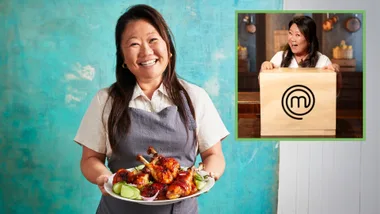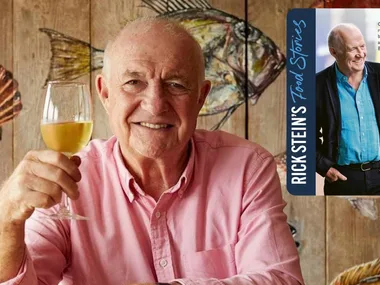Flowerbeds generally fall into two categories: weed-filled or wonderful.
Weeds are always waiting to pounce on flowerbeds. They grow faster than flowers and cope with heat, cold and drought better. So how do you keep your flowerbeds stunning but weed-free? Follow these steps and you’ll have a spectacular garden in no time.
1. Don’t be overambitious. Big flowerbeds are daunting to weed — and take time, too. Keep it small and gorgeous until you’re sure that you really do like weeding and mulching enough to tend your flower beds.
2. Make every flower count. Don’t waste sweat and seedlings on beds where no-one will see them except when they’re heading out to the clothesline. Make sure you can see your flowers from the window you look out most often or on either side of the front door, where they’ll greet you every day.
3. Don’t stretch. Make your garden bed “reachable” (not too wide), so you can easily reach the weeds in the middle. Remember this will be harder once the flowers have grown to their full height. Flowerbeds against fences or walls can be especially hard to get into if they’re too wide, as you can only ever attack the weeds from the front.
4. It’s not hip to be square. Keep edges rounded, if you can, with a wide gentle curve — they’re easier to mow around than sharp angles.
5. Plan. Don’t just pick up pots of advanced bloomers. Too often they will have already done most of their spectacular blooming and be almost ready to stop flowering. Ask at the garden centre for packets of seeds of varieties that bloom for a long time, such as petunias, zinnias, salvias, Californian poppies, Federation daisies, helichrysum, marigolds, cosmos, larkspur or, for winter, sweet peas, violas and pansies. These are generally quite drought-hardy too, although all flowers give more blooms, and for longer, if they’re regularly watered. These flowers will also last longer in a vase when picked and brought indoors.
6. Dig! Dig beds at least 30cm deep, removing all rocks and, especially, all weeds and bits of root and grass that are just waiting to grow again. Wait two weeks and dig again, to kill any weeds that have germinated from seeds in the soil. Weed seeds can live 10 or even 20 years, so there are few patches of soil that don’t have some lurking under the ground.
7. Mulch madness. Mulch keeps weeds down, and moisture in, and your plants will grow more strongly so they can more easily compete with the weeds, too. Weeds that grow through mulch are usually more shallow rooted and easier to pull out, too.
8. Planning. Prepare the garden bed now and as soon as frosts are over or it feels warm enough to sit on the ground, plant your flowers out. Both plants and gardeners spring into action when the first warm breezes arrive. Things grow and if you plan it properly, your flowers will keep growing gloriously all year long.









































